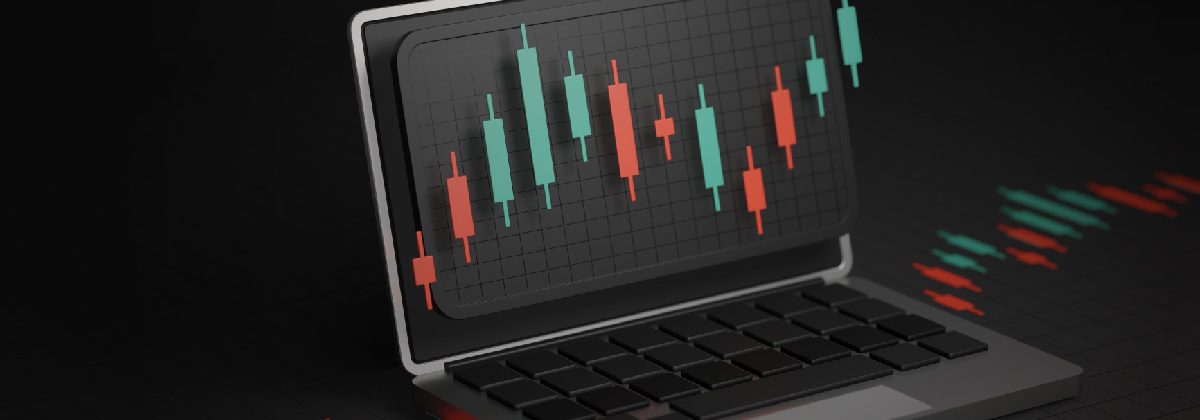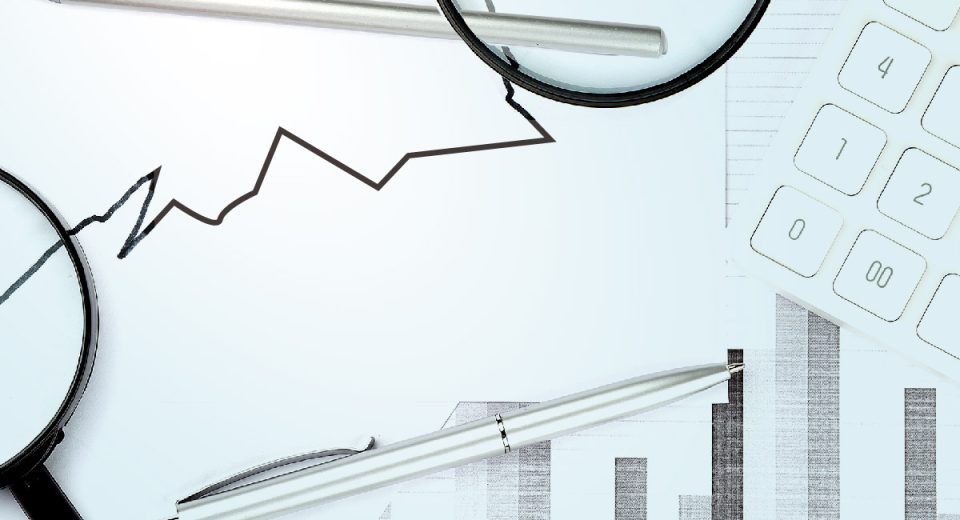Go Long or Short: How to Decide?

While the name might be confusing, long and short positions do not refer to the duration or size of the trade. Going long or short refers to whether you are the buyer or seller in a trade. Both trading techniques give you exposure to the price action in the underlying asset.
A well-rounded trading strategy demands you to recognise opportunities presented by uptrends and downtrends. The key is to learn when to go long or short to respond to different price movements.
Long Positions vs Short Positions
A long position is taken when you are optimistic about the asset and expect its price to rise. You open a long position until the price rises to your expected value and close it before your analysis indicates a reversal. Going long works on the principle of identifying an uptrend to buy low and sell high to maximise your profit from the trade.
A short position, on the other hand, means you are bearish about the asset and expect the price to decline. You open a short position while the price is declining and close it just before your analysis indicates a reversal. Going short works on the principle of identifying a downtrend to sell high and buy low to maximise your profit from the trade.
Long Positions vs Short Positions When Directly Trading the Asset
You can choose to trade the asset directly or via derivatives like CFDs (contracts for difference). Let’s understand how long and short positions work when trading the asset.
When you go long on an asset, you purchase the asset and hold it as long as the price is rising. The aim is to sell the asset just before the market reverses and the price declines.
Going short is slightly more complex. The catch here is that you do not actually own the asset. Selling an asset without even owning it might sound counterintuitive. However, some of the most famous traders like Jess Livermore and John Paulson made significant profits by mastering short selling.
Short selling is a multi-step process. You borrow the asset poised to decline from the current price from the brokerage and sell it. When the price declines to what you expected, you buy the asset from the market and return it to the brokerage. The brokerage may charge you a small interest for lending the asset for you to trade. You take home the remaining amount as the net profit.
| Short and Long Positions at a Glance | ||
| Long | Short | |
| When to Trade | When your analysis shows a continued uptrend or price appreciation | When you predict a decline in prices or a continued downtrend |
| Asset Ownership | You own and hold the asset | You borrow the asset and sell it immediately |
| Interest Payment | No interest payment is involved | Since assets are borrowed, interest needs to be paid |
Long Positions vs Short Positions When Trading with CFDs
Derivatives, like CFDs, have become popular because of the simplicity and flexibility they offer versus trading the underlying asset. A CFD derives its price from the price action of the underlying asset, which gives you the opportunity to speculate on the financial markets without having to buy and own or borrow an asset.
You can go long by opening a long CFD position to profit from an increase in the price of the underlying asset. When the price reaches your target price, you close the long position. The difference between the entry price and exit price is the profit made on the trade. If the price falls, rather than rising, you make a loss on the trade.
If you expect the market to decline, you can go short by simply opening a short CFDs position. You do not need to borrow anything from the brokerage because you are not trading directly in the asset. When the price falls, you can close the short position and book a profit.
The simplicity of going long or short has made CFDs very popular among both new and experienced traders, contributing to the high liquidity (and low slippage) in the market.
Taking Long and Short Positions with Leverage
The biggest feature of CFDs is that they support margin trading or trading with leverage. This means you can open both long and short positions with a fraction of the money. The amount of money you need to open a position is called the margin. Let’s say your broker offers leverage of 1:100. This means you can open a long or short position of $100 by putting in only $1 from your trading account.
This allows you to leverage the power of your money. Let’s say, you open a $100 long position with $1 makes and close the position when the price rises by 10%. Your trade makes a profit of $10, which means you have made a profit of $10 on $1 (or a 1,000% profit!). It’s important to keep in mind that leverage can also magnify your losses in case the market moves against you.
Monitoring your trades and using sound risk management techniques like stop loss are even more important for CFD trading with leverage.
Making the Most of Long and Short Trades
A lesson to learn from expert traders is to combine long and short positions in your trading plan. This helps you target a larger number of trading opportunities presented by the financial markets. It also enables you to hedge against possible losses. Experienced traders tend to use one position to hedge the other especially during periods of high volatility. The good news is that CFDs make it very simple for traders to take positions in both rising and falling markets.
To Sum Up
- A long position is opened when you expect the asset price to rise.
- You can choose to open a short position if you expect the asset price to fall.
- CFD trading makes it simpler to go long and short.
- With CFD trading, you can use leverage to amplify your profits. But this also increases the risk of losses.
- Risk management, like stop loss, is even more important for CFD trading with leverage.
- Experienced traders open long and short positions to hedge risks during periods of high volatility.
Disclaimer:
All data, information and materials are published and provided “as is” solely for informational purposes only, and is not intended nor should be considered, in any way, as investment advice, recommendations, and/or suggestions for performing any actions with financial instruments. The information and opinions presented do not take into account any particular individual’s investment objectives, financial situation or needs, and hence does not constitute as an advice or a recommendation with respect to any investment product. All investors should seek advice from certified financial advisors based on their unique situation before making any investment decisions in accordance to their personal risk appetite. Blackwell Global endeavours to ensure that the information provided is complete and correct, but make no representation as to the actuality, accuracy or completeness of the information. Information, data and opinions may change without notice and Blackwell Global is not obliged to update on the changes. The opinions and views expressed are solely those of the authors and analysts and do not necessarily represent that of Blackwell Global or its management, shareholders, and affiliates. Any projections or views of the market provided may not prove to be accurate. Past performance is not necessarily an indicative of future performance. Blackwell Global assumes no liability for any loss arising directly or indirectly from use of or reliance on such information here in contained. Reproduction of this information, in whole or in part, is not permitted.




